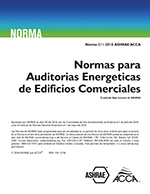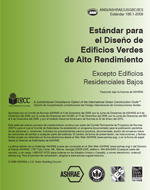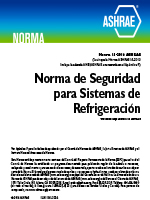Description
In HVAC field and laboratory applications it is common to determine air velocity by measuring airflow through a conduit of known cross section. This paper gives a general survey on methods of measuring airflow. Specific results are presented for inlet nozzles. These are particularly appropriate for use in test setups where they are mounted at the beginning of a conduit or at a plane wall of a chamber, both of which are operated below ambient pressure.
A comparison of the available flow measurement methods is presented here with respect to (a) uncertainties due to nozzle (primary device) shape and/or measurement (secondary) device, (b) with respect to handling friendliness, and (c) with respect to economics.
To understand the application of nozzles, theoretical basics are pointed out in brief. These include the Bernoulli equation, ideal and real nozzle flow, and determining flow velocity and flow rate from differential pressure. Applying potential flow theory, hodograph method, Borda-opening for the two-dimensional case, and then extending it for an axis symmetric nozzle leads to a new nozzle contour. This new contour is characterized by a constant air velocity (VC) along the surface. It is therefore called the VC nozzle.
First, practical experiences are presented on calibration, uncertainties, and manufacturing the VC nozzle. Conclusions are drawn as to the advantages and disadvantages of the VC nozzle with respect to measurement uncertainties, to handling friendliness, and to economics.
Units: Dual
Citation: Symposium, ASHRAE Transactions, vol. 109, pt. 1
Product Details
- Published:
- 2003
- Number of Pages:
- 11
- File Size:
- 1 file , 5.3 MB
- Product Code(s):
- D-16818




